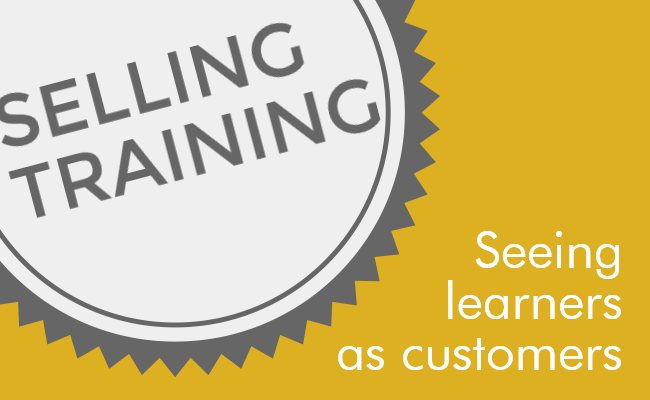Why Learners Should Be Treated As Customers In L&D Programs
In customer success, we think about the customer journey as a series of stages designed to create value and deepen engagement over time. This lifecycle starts with onboarding, moves through ongoing engagement, and ideally ends with advocacy: customers who love the product and promote it to others. The same idea can apply to workplace learning. Instead of seeing learners as one-time participants, what if we viewed their experience as a journey that moves from initial adoption to long-term advocacy? By mapping learning to stages like onboarding, engagement, continuous growth, and advocacy, L&D teams can create more meaningful connections and better outcomes. Treating learners like customers means investing in each stage with purpose and strategy, ensuring they see the value and stay motivated throughout.
How To Treat Your Learners Like Customers
1. Welcome To Your Course (AKA Onboarding)
Just as customer onboarding introduces users to a product and guides them toward early milestones, learner onboarding should warmly welcome employees and set clear expectations. Personalized welcome messages, simple tutorials, and early wins help build confidence and demonstrate the value of learning from the start. Learners also need clear direction on where to go when they need support. Like starting a new job, a learner who understands their current place and next steps is more likely to stay engaged and come back for more. Don't settle for the standard "Welcome to your course" message. Go further by connecting the training objectives to real, tangible skills they will develop and can showcase, for example, on platforms like LinkedIn. This helps learners see immediate value and motivation in their very first interaction.
2. Engagement: Value At Every Touchpoint
Customer success teams monitor usage and proactively check in to keep clients engaged. Similarly, L&D can leverage data and regular touchpoints (like progress nudges or manager check-ins with a purpose) to keep learners motivated and resolve obstacles before they disengage. Ideally, an LXP or similar platform enables managers to guide learners and keep them on track. We know engagement drives productivity, which in this context means more (and better) learning. Just like in customer success, placing the learner (your "customer") at the center of your ecosystem is essential. Design training around their needs and, most importantly, around their goals and aspirations. That's the key to creating truly engaged learners who keep coming back for more.
3. Upselling Or...Expanding Learning Paths
In customer success, encouraging customers to explore advanced features or add-ons drives growth. For learners, offering tailored next steps or personalized learning paths keeps development continuous and relevant, preventing training from feeling like a one-off event. Instead of recurring revenue, what you want from learners is recurring learning. How do you achieve that? Don't stop at a single compliance course: offer related and complementary topics that deepen their knowledge and invite them back to engage further. Just like customers, learners don't simply buy a single item; they invest in the whole learning experience.
4. Advocacy: Creating Learning Champions
In customer success, advocates are individuals within a client's organization who have such a positive experience that they share their stories and influence their peers, often helping secure renewals or additional business. It's not just about revenue; these advocates are crucial for driving internal buy-in and shaping perceptions of whether a product truly delivers value. Similarly, in learning, identifying engaged employees and inviting them to share testimonials or lead peer sessions helps spread enthusiasm and strengthen the learning culture. This step bridges the gap between learning as a checkbox and learning as a meaningful, shared value. Beyond typical gamification, consider establishing Learning Champions who actively promote the right training, especially when it's non-mandatory.
Imagine a company struggling with disengaged learners who treat training as just another checkbox. If they start by personalizing onboarding (as we said, by welcoming employees with clear expectations and showing immediate value), learners are more likely to feel confident and stay engaged. By introducing meaningful engagement strategies, the company can address roadblocks early and keep motivation high, offering tailored learning paths, moving beyond one-off courses to ongoing growth. Finally, identifying enthusiastic employees as Learning Champions to share experiences and lead peer sessions can build a culture of advocacy that spreads organically. Thread these together, and you transform a mandatory task into a meaningful, ongoing experience that people will actually want to come back to.









